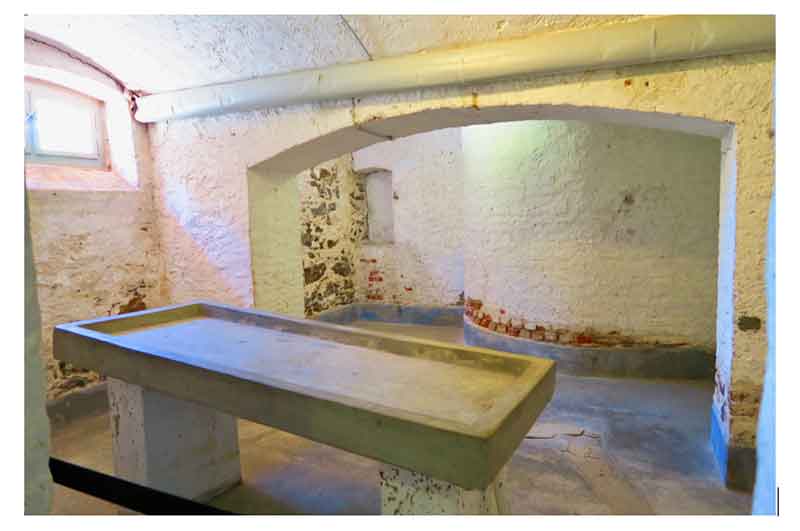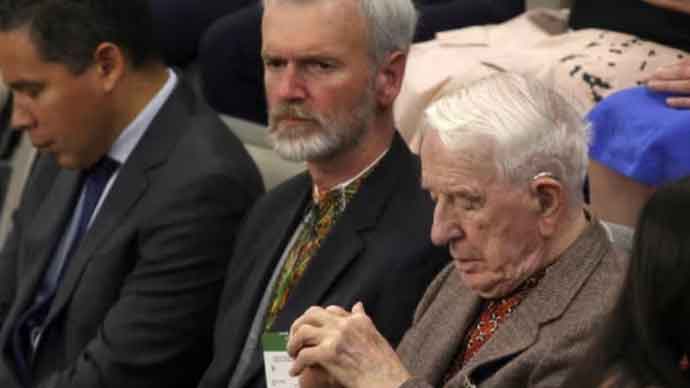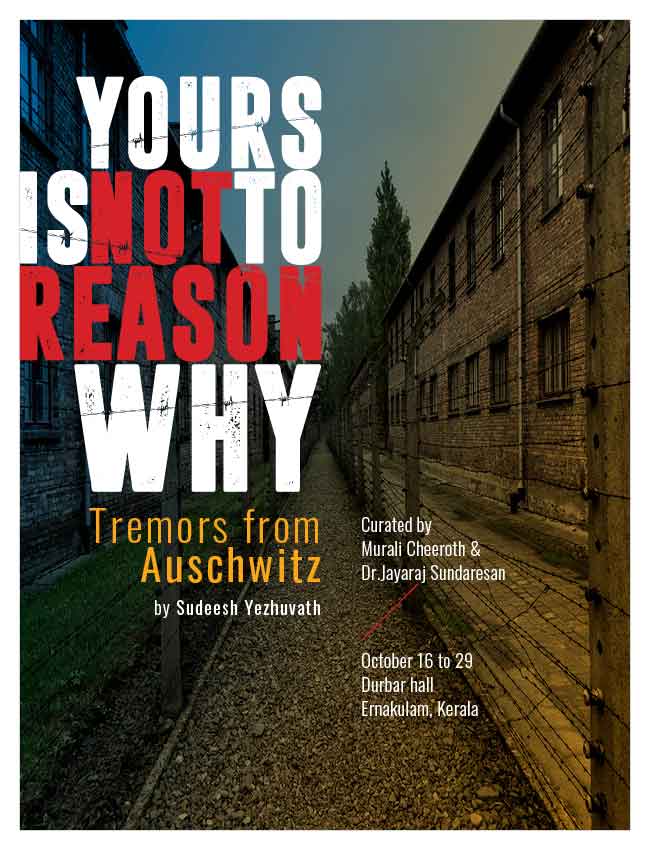
Artist’s note
A chilling question entered my mind one cold morning in October 2011 and it shook me to the core. I was standing in the attic of the house in which Anne Frank had lived in hiding. Ever since I had read her book, I had wanted to see for myself, the place where she lived and wrote her diary. She, along with her family members, was arrested by the German secret police Gestapo, from that house on 4th August, 1944. Her crime? She was a Jewess and not of the pure Aryan blood. They had been hiding there for almost two years and they were betrayed by someone in the neighbourhood; someone who must have been a “normal” Dutch or German person – yet, s/he willingly sent a family to torture and death. Throughout the rule of the Nazi regime, ordinary people did this time and again. Normal, decent people became fanatics, carriers of hate and lost touch with humanity; they became blinded by the “superiority” of their race.
The question that I was faced with, as I stood in the attic was: “How would I have behaved in such a situation?” Would I have succumbed to these minds of hatred and gone along with them or would I have opposed them? The enormity of that question and what it implied shook me to the core and frightened me; I realized that I wouldn’t ever want to face that question. It bothered me then as it has continued to bother me ever since. However, I drew comfort from the fact that I would never have to face that question in my lifetime; or so I thought.
This question has been a part of me ever since that day and every once in a while, it rises up to the surface, like on the day I visited Auschwitz – the most infamous of the Nazi concentration turned extermination camps; Auschwitz, where Anne Frank was an inmate (though she did not die there); Auschwitz, which Viktor Frankl and Ellie Wiesel survived and wrote about; Auschwitz, a timeless reminder of the depths to which man can fall.
I visited Auschwitz on a cold, bleak day and I recalled a friend telling me that one should visit Auschwitz in the middle of winter to get a feel of how even the weather was against the hapless inmates. Our guide led us through the gates of Auschwitz and we could see a row of neatly arranged brick buildings, which looked quite peaceful and even serene. Neatly arranged, red brick buildings sitting on nicely arranged lawns with trees to add beauty to the image. These were the barracks that prisoners were housed in. Of course, it was a very different scene when the camp was functional. Our guide told us that there was a not a single blade of grass to be seen in the entire camp as that had all been trampled over by the prisoners, with the camp holding many, many more beyond its capacity.
In Auschwitz, approximately 1.3 million people were killed in about 3 years; an average of over a thousand people a day. The terrible despair and sense of dejection that one feels at Auschwitz is far beyond description.
As one walks through the camp the question that keeps coming up is “How”. How could a people have been so cruel? How could a people have supported such an atrocity? How could normal, respectable individuals support such inhuman crimes? How could a whole nation be brainwashed to support the bigotry of a few? I think these are very important questions and these questions need to be reflected upon by peoples of various countries even now. This is what we have to be aware of when we see people’s minds being filled with hate for the “other”. This is what authoritarian, oppressive regimes do and we have enough examples from the past – Hitler, Mussolini, Stalin, Pol Pot etc. This is what we have to guard against when we see signs of such regimes, in all parts of the world.
During the tour, our guide said: “We preserve this as a museum because the world should know that this happened and this can happen in any country, at any time”. This is why history is important. It teaches us to be on our guard and recognize the signs of injustice and oppression. This is why George Santayana’s quote is displayed at the entrance to the first barrack in Auschwitz: “Those who do not remember the past are condemned to repeat it”.
This is why Auschwitz should remain in our memory…
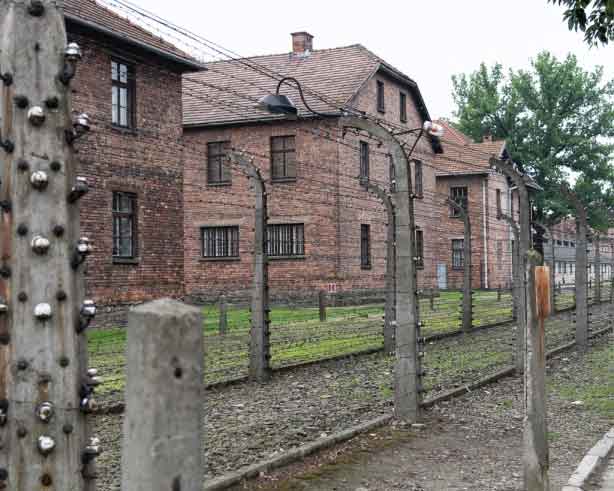

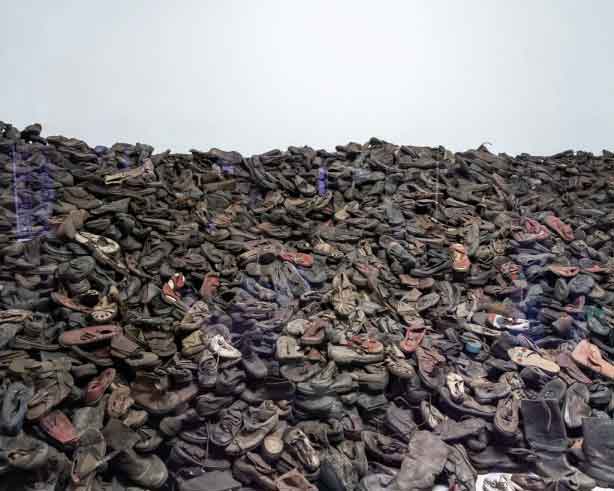
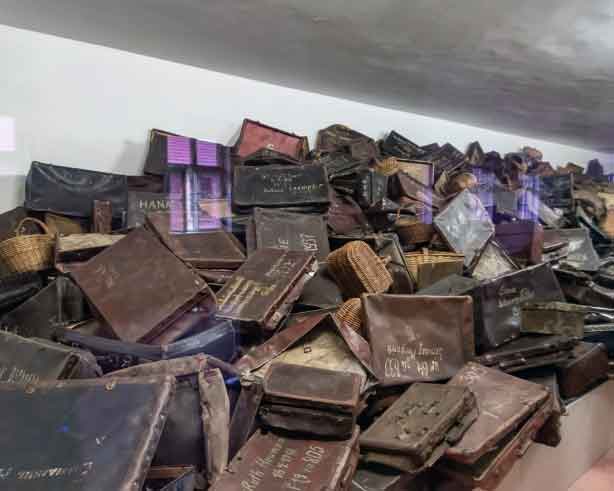
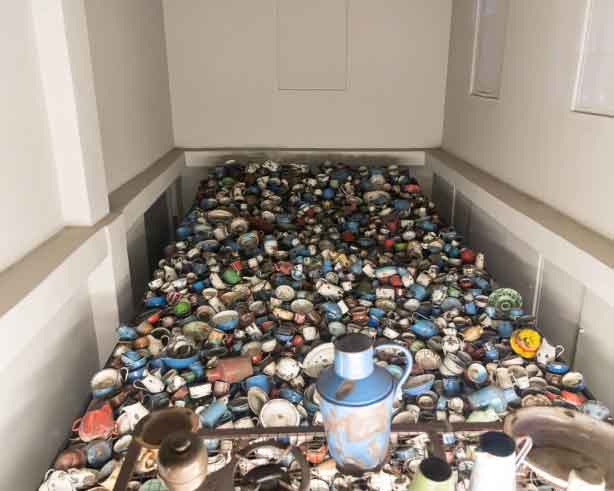
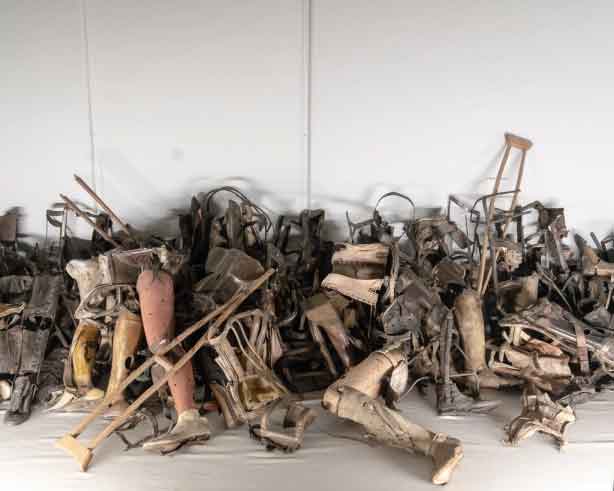
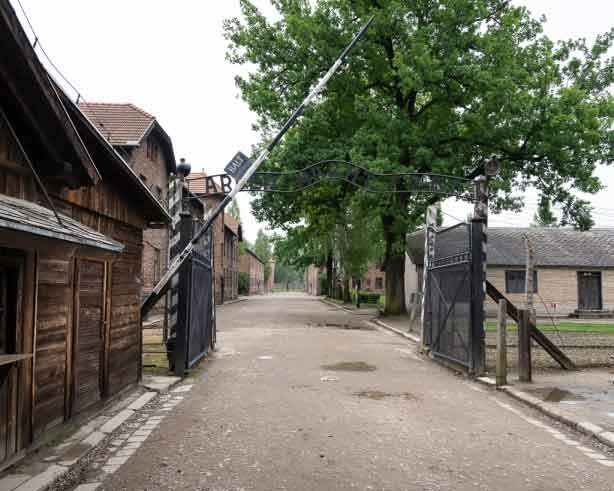
Sudeesh Yezhuvath is a member of NECAB and he lives and works in Bangalore.


